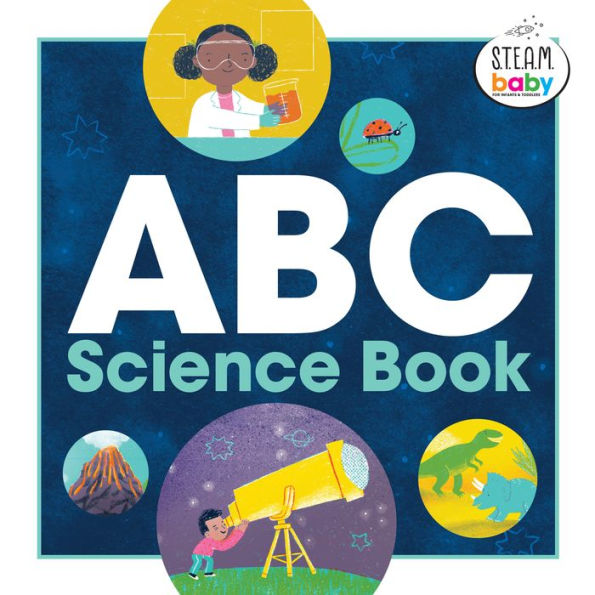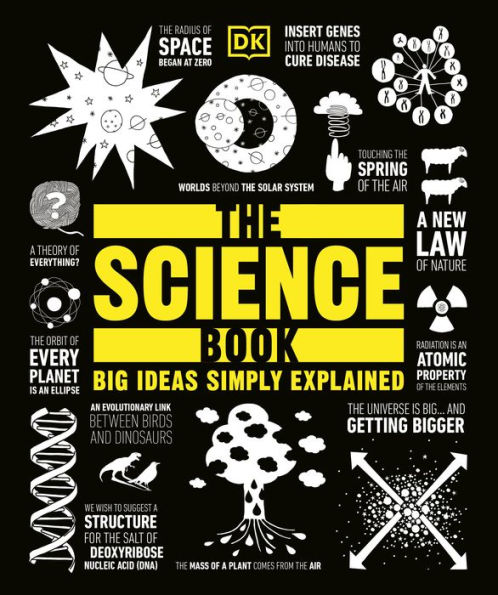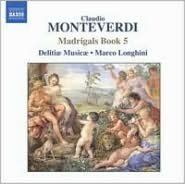Home
Science: Book 5
Barnes and Noble
Science: Book 5
Current price: $70.56


Barnes and Noble
Science: Book 5
Current price: $70.56
Size: OS
Loading Inventory...
*Product information may vary - to confirm product availability, pricing, shipping and return information please contact Barnes and Noble
Science Book 5
builds on the scientific concepts and terminology in
Science Books 1-4.
Using this book advances students' knowledge, giving them an expanded base on which to build a further study of science. This year-long curriculum contains four chapters each of five scientific disciplines (chemistry, biology, physics, geology, and astronomy), an introduction to the material covered, and a concluding chapter, for a total of 22 chapters. Clear diagrams and illustrations are used throughout to help explain complex ideas. Included are discussions of the scientific method; the history and philosophy of science; interpreting data; matter; the alchemists; the importance of experimentation in science; atoms; the periodic table of elements and how to interpret and use it; models of atoms and chemical bonds; types of chemical bonds and bonding rules; types and evidence of chemical reactions; philosophical maps; taxonomy; biological molecules; the chemistry of cells and metabolism; prokaryotic and eukaryotic cells; types of cell division; viruses, bacteria, and archaea; laws of physics and how they are derived; force, energy, and work; potential and kinetic energy and the conservation of energy; interpreting geological data; minerals, rocks, and soil; the layers of Earth from the crust to the core; plate tectonics; volcanoes; earthquakes; the history of astronomy; Earth, the Moon, the Sun, and lunar and solar eclipses; the chemistry and physics of stars; types of planets; planets in our solar system; science and the public; peer review; and more. 228 pages.
builds on the scientific concepts and terminology in
Science Books 1-4.
Using this book advances students' knowledge, giving them an expanded base on which to build a further study of science. This year-long curriculum contains four chapters each of five scientific disciplines (chemistry, biology, physics, geology, and astronomy), an introduction to the material covered, and a concluding chapter, for a total of 22 chapters. Clear diagrams and illustrations are used throughout to help explain complex ideas. Included are discussions of the scientific method; the history and philosophy of science; interpreting data; matter; the alchemists; the importance of experimentation in science; atoms; the periodic table of elements and how to interpret and use it; models of atoms and chemical bonds; types of chemical bonds and bonding rules; types and evidence of chemical reactions; philosophical maps; taxonomy; biological molecules; the chemistry of cells and metabolism; prokaryotic and eukaryotic cells; types of cell division; viruses, bacteria, and archaea; laws of physics and how they are derived; force, energy, and work; potential and kinetic energy and the conservation of energy; interpreting geological data; minerals, rocks, and soil; the layers of Earth from the crust to the core; plate tectonics; volcanoes; earthquakes; the history of astronomy; Earth, the Moon, the Sun, and lunar and solar eclipses; the chemistry and physics of stars; types of planets; planets in our solar system; science and the public; peer review; and more. 228 pages.

















